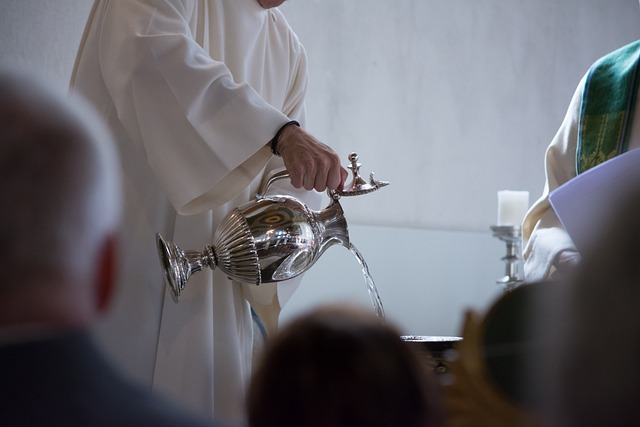Throughout human history, the act of worship has taken countless forms, reflecting the diverse beliefs and cultural contexts of societies across the world. The worship format serves not only as a method of connecting with the divine but also as a medium through which communities can express their shared values, traditions, and aspirations. From ancient rituals to modern services, the evolution of these formats reveals much about our spiritual journeys and the ways in which we seek meaning.
In ancient civilizations, worship was often intertwined with daily life, characterized by vibrant ceremonies that celebrated the gods and sought their favor. The Egyptians, for instance, constructed grand temples where priests would perform intricate rituals involving offerings, prayers, and music. Such worship formats were not just religious acts; they were profound expressions of community identity, replete with symbols that conveyed power, protection, and prosperity.
As religions evolved, so too did worship practices. The shift from polytheistic faiths to monotheistic beliefs brought about changes in how individuals and communities approached their worship. In Christianity, the origins of liturgical worship can be traced back to the Last Supper, where communal sharing and remembrance became foundational to Christian practice. The Eucharist, celebrated in various worship formats, emphasizes unity and reverence, inviting congregants to partake in a sacred experience of community and faith.
Islam, too, presents a unique worship format through its five pillars, particularly the prayer (Salah) practiced five times a day. This structured worship fosters discipline and spirituality, providing followers with a rhythm that intersperses everyday life with moments of reflection and connection to Allah. Each prayer involves specific movements and recitations, showcasing the blend of physical, mental, and spiritual engagement inherent in Islamic worship.
In contrast, contemporary religious practices may embrace a less formal approach, allowing for more innovation in worship formats. Many modern faith communities blend tradition with contemporary expressions. This might include music, multimedia presentations, and even digital platforms, accommodating a diverse congregation’s needs while still honoring their spiritual heritage. Worship in today’s context can be seen as a fluid art form—one that adapts to the changing cultural landscape while maintaining core beliefs.
Moreover, interfaith dialogues have sparked creative collaborations around worship formats. Different religious traditions are finding common ground, sharing rituals that honor their unique identities while simultaneously fostering respect and understanding. Such initiatives showcase how the act of worship transcends boundaries, inviting individuals to appreciate the richness of diverse spiritual expressions.
Finally, the personal aspect of worship is something many can relate to on an individual level. Whether participating in a formal religious service or finding solace in nature, individuals often create their own unique worship formats that resonate with their inner selves. Meditation, quiet reflection, and acts of kindness can all be seen as modern forms of worship, affirming that the essence of spirituality is ultimately about connection—both to the divine and to one another.



